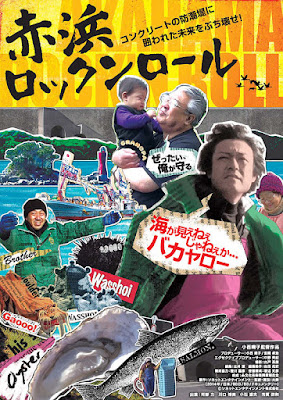Confronting Nuclear Legacies and Realities in Guam
"Confronting Nuclear Legacies and Realities in Guam" The 3/11/2001 tragedy in Japan and the meltdown at the Fukushima Daiichi Genpatsu was the latest reminder of the potential dangers of nuclear energy. Radioactive fallout was carried by wind and water throughout the Tohoku region of Japan, south to Tokyo and even reached the shores of Guam in the Marianas. Although Guam has no nuclear power plants, the use of the island by the United States military has ensured that the risks involved with the weaponization of nuclear energy are always present. This presentation will provide an overview of Guam’s historical relationship to nuclear weapons and also recommendations for how these issues can be more prominently incorporated into public school social studies curriculum.
